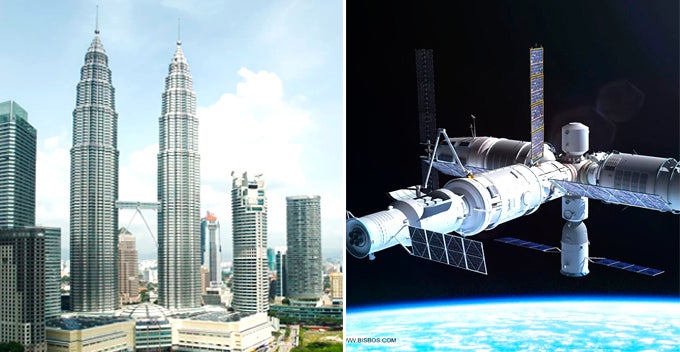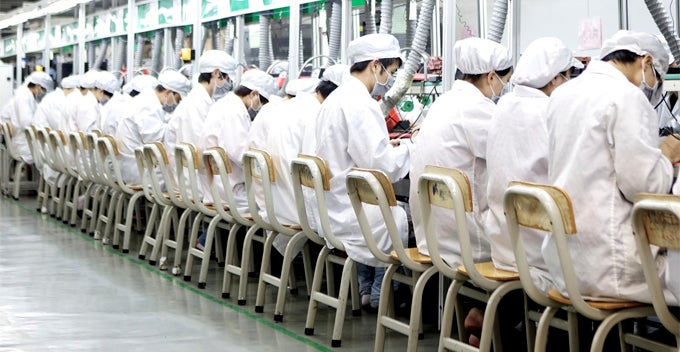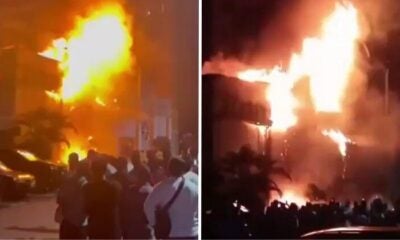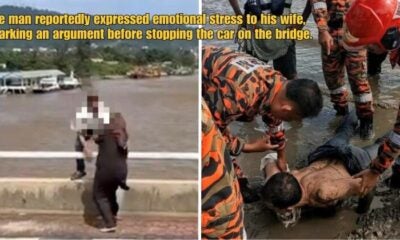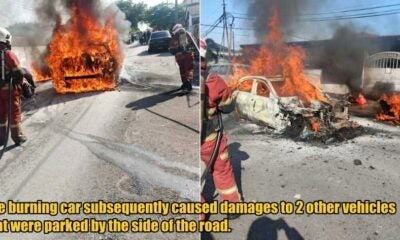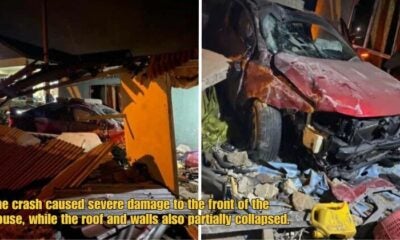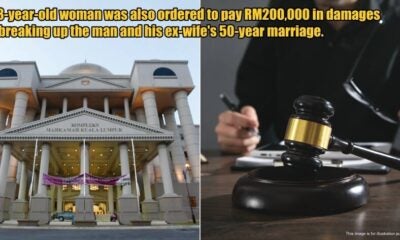Well, there’s no other way to put it. An 8.5-tonne space station is crashing down to Earth and Kuala Lumpur, among several other cities, might be hit by the debris.
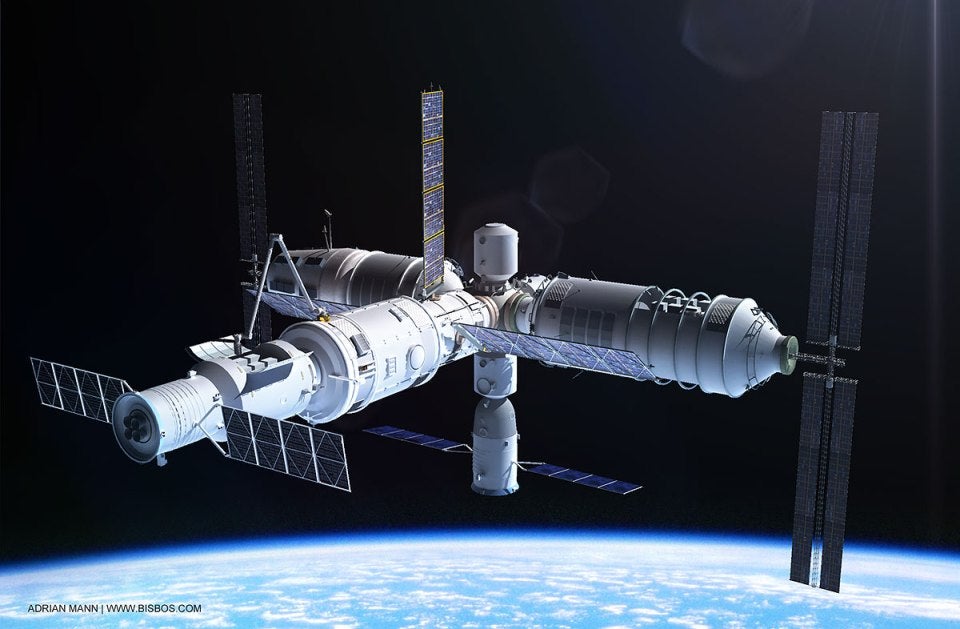
Source: The Sun
The space station carries the name Tiangong-1, which translates to ‘heavenly palace’. It is China’s first orbiting space station and bears the pride of the nation.
The unmanned module achieved a lift off in September 2011 and successfully completed its mission in March 2016. It was ready to re-enter the atmosphere in 2017 after completing all the data transfer.
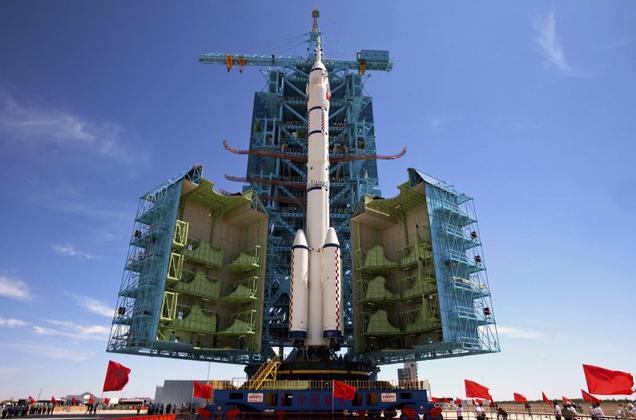
Source: ZME Science
However, the space station became out of control due to technical and mechanical problems. This was confirmed by the Chinese government; here’s what they said.
“Based on our calculation and analysis, most parts of the space lab will burn up during the fall,” deputy director of China’s manned space engineering office, Wu Ping said.
Although his statement sounds comforting, a Harvard astrophysicist, Jonathan McDowell begged to differ.
Since the module is uncontrollable, we don’t know the landing time until six or seven hours before it happens. Jonathan said,
“Not knowing when it’s going to come down translates as not knowing where it’s going to come down.”
So why should we, Malaysians be worried about this?
According to European Space Agency’s (ESA) estimation, the 10.4 metre-long module will touch down some time between January and March 2018.
These are the cities that have been listed as potential crash zones, according to two local Chinese dailies, Oriental Daily and Sin Chew.
- Kuala Lumpur
- Singapore
- Bangkok
- Beijing
- New York
- Manila
- Tokyo
Although most parts of the space station would melt, experts worry that dense rocket engines might survive the atmosphere.
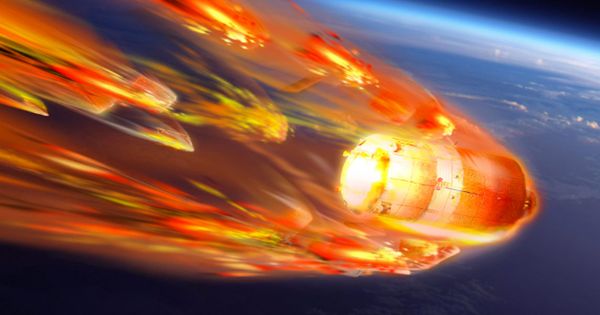
Source: Futurism
“There will be lumps of about 100kg or so, still enough to give you a nasty wallop if it hit you.
“Yes, there’s a chance it will do damage, it might take out someone’s car, there will be a rain of a few pieces of metal, it might go through someone’s roof, like if a flap fell off a plane, but it is not a widespread damage,” he added.
On the other hand, an amateur astronomer, Thomas Dorman said that the debris may land in the ocean or an uninhabited area, but didn’t rule out the possibility of it landing in a densely-populated location.
There’s really nothing we can do about this except hope for the best. On the bright side, if the debris end up scattering across the sky at night, it would be one hell of a view!
Also read: Man Sneaks into iPhone Manufacturing Factory in China, Discovers Brutal Truth

